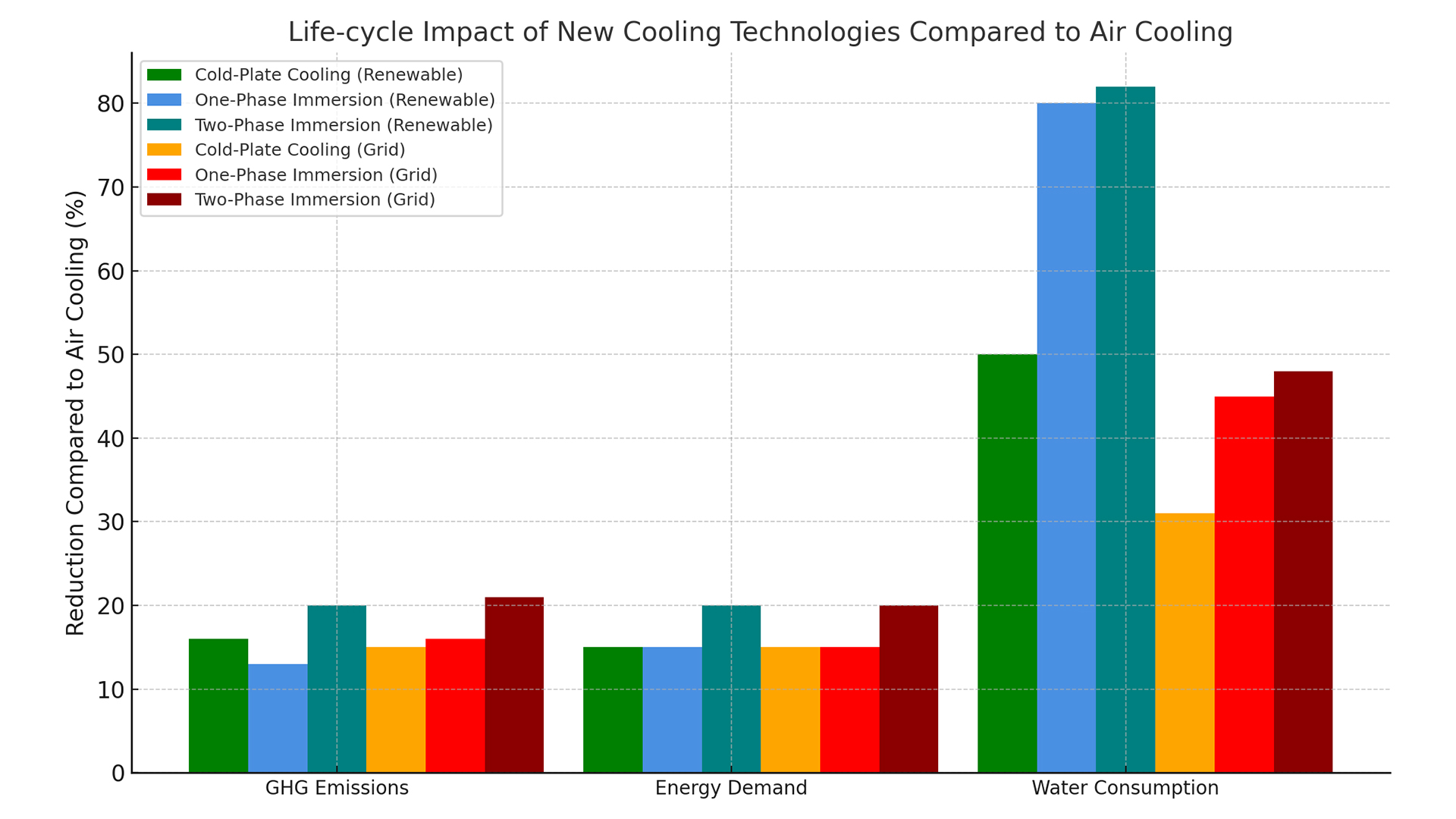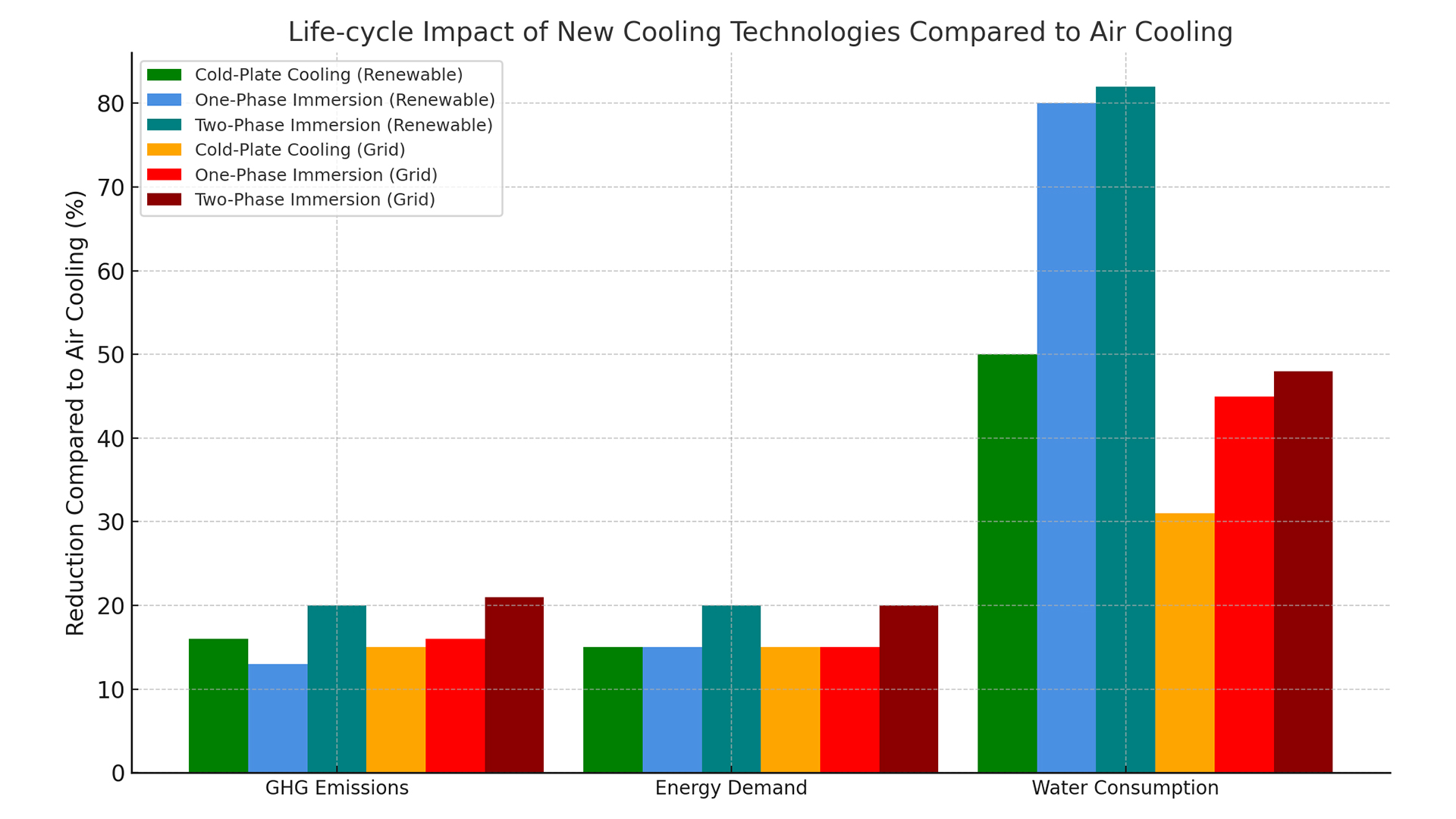Microsoft researchers have published a groundbreaking study in Nature that quantifies the environmental impact of four datacenter cooling techniques throughout their entire lifespan. The comprehensive life cycle assessment examines not only the resources consumed during datacenter operations but also the environmental footprint of producing virtual machines, chips, servers, cooling systems, and other support equipment.
Key Findings
The study reveals that switching from traditional air cooling to more advanced cold plate technology could reduce greenhouse gas emissions and energy demand by approximately 15%, while decreasing water consumption by 30-50% across the datacenters’ entire life spans. These findings are significant as they encompass not just water used for cooling but also in power generation and component manufacturing.
Cooling Technologies Compared
The researchers analyzed four cooling technologies:
- Air cooling
- Cold plates
- One-phase immersion cooling
- Two-phase immersion cooling
The study found that cold plates and immersion cooling technologies reduce greenhouse gas emissions by 15-21%, energy demand by 15-20%, and water consumption by 31-52% compared to air cooling.
Implications for Datacenter Design
Microsoft plans to utilize these findings to inform future datacenter designs and cloud operations, aligning with their broader sustainability goals. The company is already deploying cold plate technology in its datacenters and exploring next-generation cooling methods.
Challenges and Future Research
While the results are promising, the team notes that the calculation of sustainability impacts is complex and can be difficult to quantify across entire supply chains. The study also highlights the importance of transitioning to renewable energy sources, finding that doing so could reduce greenhouse gas emissions by 85-90% regardless of cooling technology used.

The study’s methodology and tools are being made available through an open research repository, allowing other industry players to conduct similar life cycle assessments. This move is expected to help accelerate the adoption of more sustainable datacenter practices across the industry.
For more detailed information on the study’s findings and methodology, refer to the published Nature paper.


